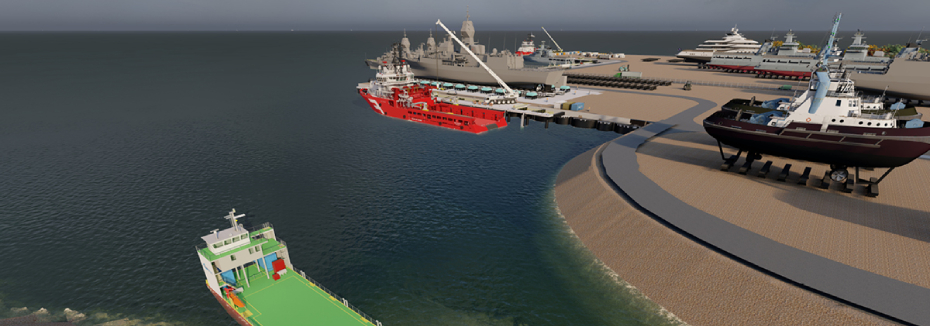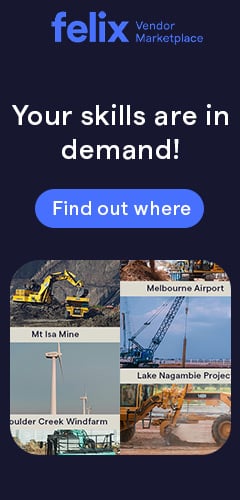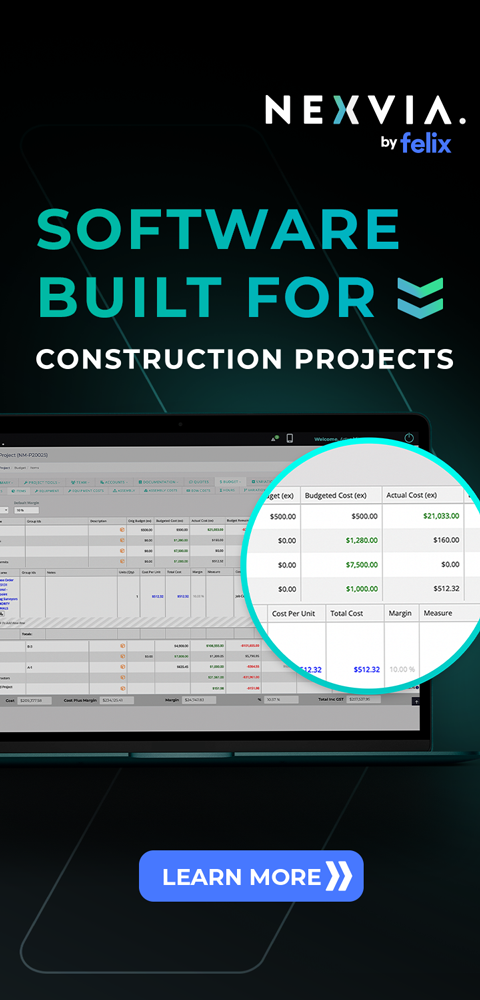For developing construction businesses, knowing your financial numbers is crucial to your company’s growth because these figures will indicate if you are moving towards success or heading towards trouble. Experts such as accountants or financial analysts will help you when it comes to tracking your profitability, but you can also takes steps to do it on your own.
If you decide to keep track of your profitability on your own, here are a few things you need to know.
The numbers you need
You need to familiarise yourself with the most basic numbers such as income – money that you receive in exchange of your services or products – and costs – money you use to produce goods or services. All expenses are accounted to your cost, which includes office space rent, employees’ salaries, utility bills – electricity, phone bills, supplies etc – as well as equipment maintenance and repairs.
Cost also has two types: fixed costs – which include all overhead expenses such as rent and utilities – and direct costs – all expenses related to what you are selling or your services.
There are a number of inexpensive accounting programs or software you can utilise to help you keep track of your numbers. A simple spreadsheet on Google Sheets or Excel will also do. Once you find a tool that works for your business, all you have to do is add the figures. Make sure that you input all the money that comes in and goes out on a weekly or daily basis to keep your record as updated as possible.
Determining your profitability
Firstly, the computation for your profitability involves a few things, your sale price, direct cost and fixed cost. For equipment hire companies, your sale price is the amount you set for hiring your machinery, and direct cost could include maintenance, repairs and marketing expenses.
Computing for your profitability is manageable. Here's a quick recap of the maths required - with help from our friends at the Department of State Development who held a great workshop on Business Positioning which included a whole session on financial analysis.
Net Profit
Sales Revenue = income from services e.g $324, 560
Overheads = indirect costs (phones, office supplies, salaries, leases, insurance) e.g $165, 790
Cost of sales = direct cost of products/services your business sells e.g $132, 456
$ Net Profit = sales revenue - (overheads + cost of sales) e.g $324, 560 - ($165,790 + $132, 456) = $26, 314
% Net Profit = (net profit ÷ sales revenue) x 100 e.g ($26, 314 / $324, 560) x 100 = 8.11%
Gross Profit
Sales revenue = income from services e.g $324, 560
Cost of sales = direct cost of products/services your business sells e.g $132, 456
$ Gross profit = sales revenue - cost of sales e.g $324, 560 - $132, 456 = $192, 104
% Gross profit = ($ Gross profit ÷ Sales revenue) x 100 e.g ($192, 104 / $324, 560) x 100 = 59.19%
Gross Profit per unit
$ Gross profit = sales revenue - cost of sales e.g $324, 560 - $132, 456 = $192, 104
Number of units sold = e.g number of machines used 24367
$ Gross profit per unit = $ Gross profit ÷ Number of units sold e.g $192,104 ÷ 24367 = $7.88
Break-Even Point
$ profit per unit = $ Gross profit ÷ Number of units sold e.g $192,104 ÷ 24367 = $7.88
Overheads = indirect costs (phones, office supplies, salaries, leases, insurance) e.g $165, 790
Break even point (# units) = overheads ÷ $ gross profit per unit e.g $165, 790 / $7.88 = 21, 029
Return on equity
$ Net Profit = sales revenue - (overheads + cost of sales) e.g $324, 560 - ($165,790 + $132, 456) = $26, 314
Total Assets = $ value of assets (e.g machines) owned e.g $435, 900
Total liabilities = $ value of financial obligations owed e.g $124, 500
$ Equity (amount of business you own) = total assets - total liabilities e.g $435,900 - 124,500 = $311, 400
% Return on Equity (return on your investment, not other equity holders) = (net profit ÷ $ equity) x 100 e.g ($26,314 ÷ $311,400) x 100 = 8.45%
% Gross Profit = $ Gross profit ÷ sales
Now that you know the basics of profitability and how to keep track of it, it’s time to start winning more hire work for your construction company. We have created a downloadable infograph which highlights 4 tips which will help you increase your chances of winning hire work.
Author's note: Information on the post ws sourced from Startup Smart

Related Articles

$58.8m worth of works on Darwin Ship Lift Facility awarded to local businesses
The delivery of the Darwin Ship Lift Facility is providing a major boost in the local Northern Territory economy as the project’s main contractor – the Clough BMD Joint Venture – awards $58.8 million worth of works to local businesses.

Local businesses benefit from the delivery of Burdekin Falls Dam project
The Burdekin Falls Dam Raising project in Queensland is already providing benefits to the local community prior to its construction as six new work contracts are awarded to local businesses.

Business case summary for Direct Sunshine Coast Rail Line revealed
Following the announcement of the initial $2.75 billion funding, a summary of the final business case for the proposed Direct Sunshine Coast Rail Line has been published.
Get the latest project news
- updates on Australia's pipeline of state and federal projects
- fresh contract awards from major contractors and builders
If you're looking to contact us about other matters, please contact us.



